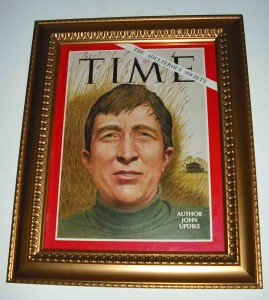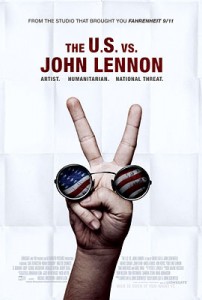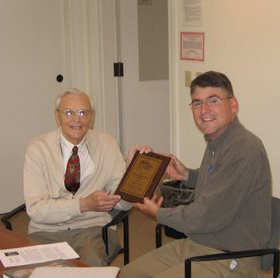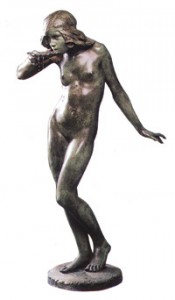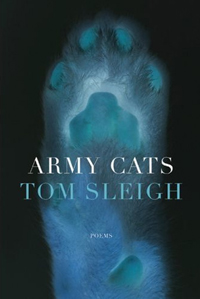 The American Academy of Arts and Letters announced on March 22, 2011 the winners of their annual literature awards—including the inaugural John Updike Award, a $20,000 prize established by Mrs. John Updike in memory of her husband. The award will be given biennially to a writer “in mid-career who has demonstrated consistent excellence.” The Academy’s 250 members nominate candidates, and a rotating committee of writers selects the winners. This year’s committee members were Paula Fox, Philip Levine, Romulus Linney, Alison Lurie, and Joy Williams.
The American Academy of Arts and Letters announced on March 22, 2011 the winners of their annual literature awards—including the inaugural John Updike Award, a $20,000 prize established by Mrs. John Updike in memory of her husband. The award will be given biennially to a writer “in mid-career who has demonstrated consistent excellence.” The Academy’s 250 members nominate candidates, and a rotating committee of writers selects the winners. This year’s committee members were Paula Fox, Philip Levine, Romulus Linney, Alison Lurie, and Joy Williams.
The committee selected Tom Sleigh, who teaches poetry at Hunter College, as the first John Updike Award recipient. Like Updike, Sleigh writes in multiple genres, but he is perhaps best known for his seven books of poetry and his plays, five of which have been produced. Sleigh publishes frequently in The New Yorker and has won numerous literary prizes, including the Kingsley Tufts Award for poetry (a $100,000 prize). Here’s a link to “Hunter-Gatherer,” which appeared in the September 17, 2009 New Yorker. His most recent collection is Army Cats: Poems (Graywolf Press, 2011).




